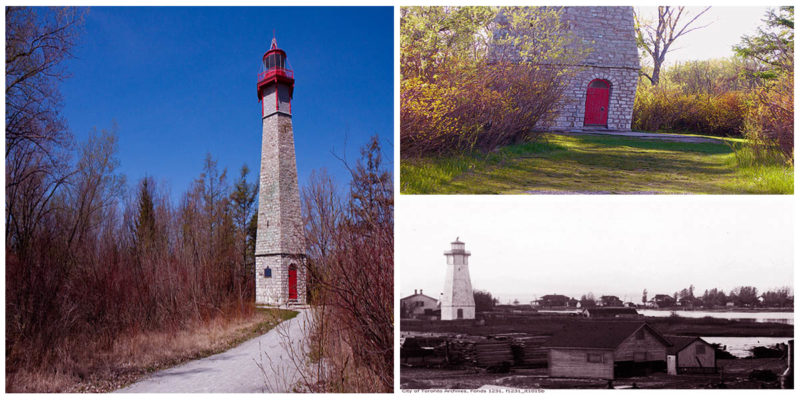It was 1803 when the when the Parliament of Upper Canada gave permission for three lighthouses to be built, each at a separate location; one at Mississauga Point, the other at Simcoe Island, and the third at Gibraltar Point. The lighthouse at Gibraltar Point is widely infamous for a violent event that occurred there in the early 19th century.
“It is with pleasure we inform the public that the dangers to vessels navigating Lake Ontario will in a great measure be avoided by the erection of a lighthouse on Gibraltar Point…” wrote the Upper Canada Gazette in its edition from March 16, 1808.
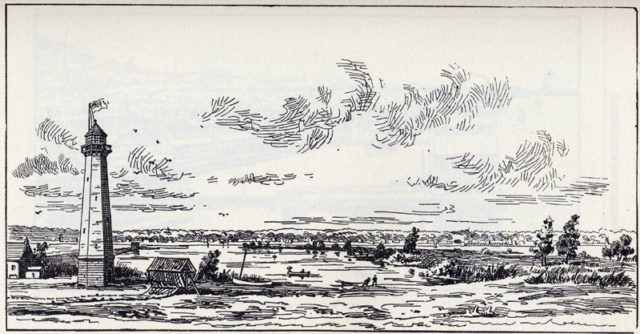
The construction of this hexagonal lighthouse was finalized in 1808. Once completed, it stood 16 meters from the ground and was extended to 25m in 1832. The construction material of choice for this lighthouse was stone, brought from Queenston, Ontario. As the main source of fuel during its early days, the lighthouse used nothing but candles. At a later date, it was transformed to use sperm whale oil.
Just as any other lighthouse of its age and before, it required a human presence for it to function properly. The keeper of this place was housed a small cabin next to the lighthouse. The cabin itself spread across two levels, the first floor being where the keeper spend a portion of his day and the second floor was his sleeping quarter.
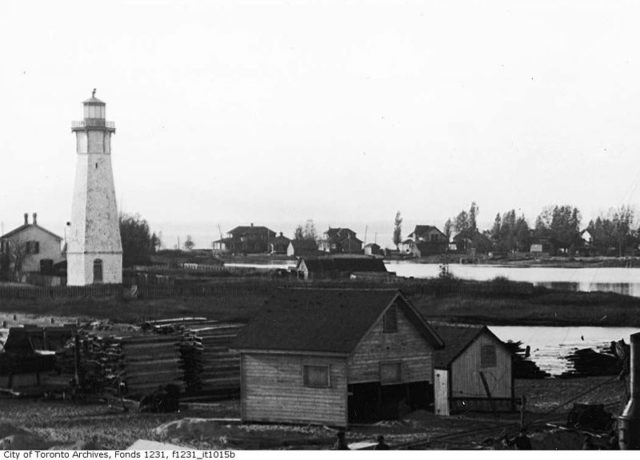
Nothing remains of this cottage today. What remains, though, is the mystery of John Paul Radelmüller’s death and the question of what happened to his body.
John Paul Radelmüller was the keeper of the lighthouse. On the night of January 2, 1815, while Radelmüller was doing his usual work, according to a number of speculations, a few soldiers from the Fort York paid him a visit.
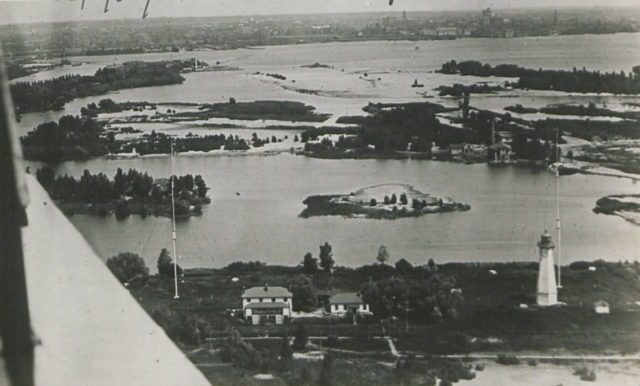
Their intentions, the speculations continue, where to enjoy to some of the keeper’s liquor, despite already being drunk. At this point, the speculations diverge. One version of the story says all sat down and had a nice round of drinks after which things got rough.
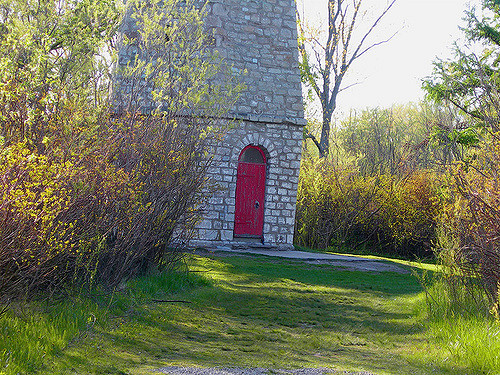
The other side is that John had no intention of sharing his drink, to which the soldiers responded with violence. Whatever the circumstances, Radelmüller was nonetheless brutally murdered.
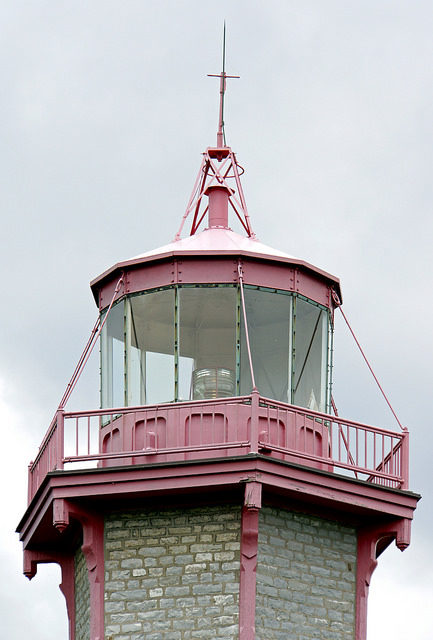
What eyewitnesses found the next day was a blood stain on one of the steps that led to the oil lamp but no body, which further means lack of evidence and no suspects. The police had a tough case on their hands.
No clues were found in the search of the premises. At a later date, George Durnan, the fourth keeper of the lighthouse, found a coffin and what appeared to be a jawbone buried in the sand. The forensic technology of that time was limited, which means that it was impossible to check whether this bone was Radelmüller’s or not.
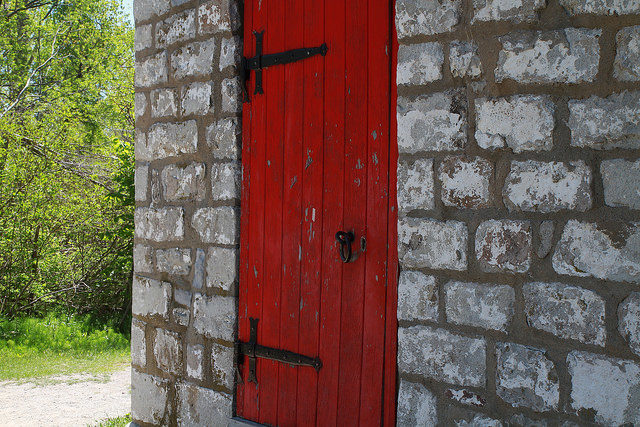
Encouraged by what he found, Durnan continued his search and eventually found buried bones. It later turned out that the site of this buried remains was once an ancient burial ground.
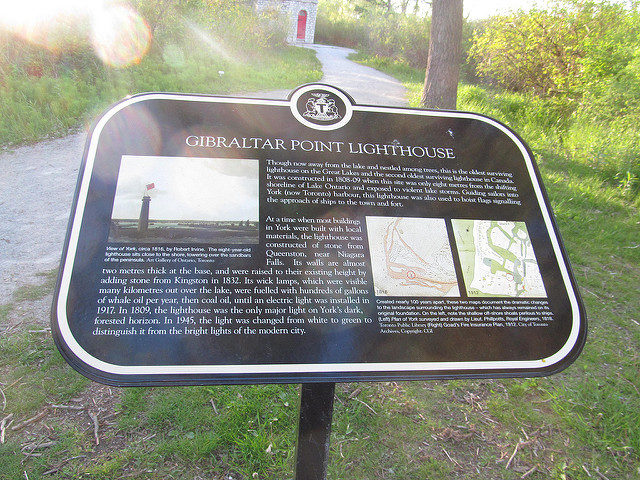
“… his murder will be pronounced most barbarous and inhuman…” wrote the York Gazette on January 14, 1815. Ever since his disappearance, rumors of a ghost haunting the lighthouse have been numerous. The locals believed that the ghost was that of John Paul Radelmüller seeking revenge or still guarding his liquor.
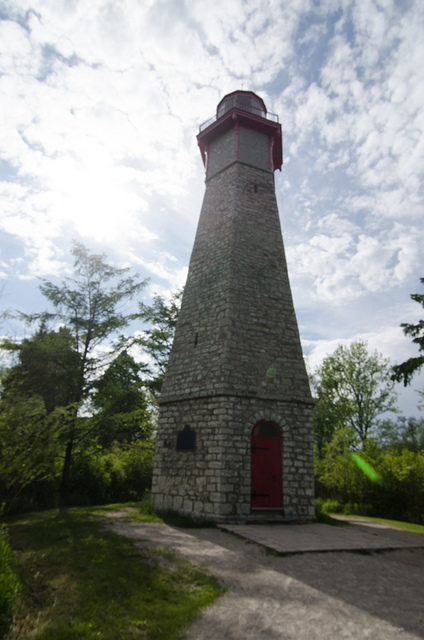
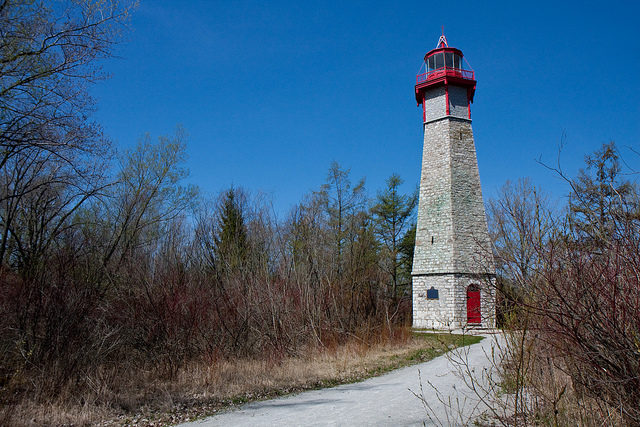
Stories of the ghost of John Paul Radelmüller haunting the lighthouse continue to be popular in the area, although historical research has cast some doubt on the details of what happened on the night on January 2, 1815. While Radelmüller was almost certainly murdered, it has never been conclusively proven that the bones found by Durnan were his. Some sources indicate that his body was found and buried, while others say that it has never been recovered.
